At the age of 24, John Fudge took a violent fall while climbing the white cliffs of Dover in the south of England, splitting open his head and losing consciousness. The extent of his injuries weren’t revealed until decades later, when doctors decided to perform a brain scan after John slipped into a deep depression. The results revealed extensive brain damage, including a progressive form of dementia. Now, 10 years on from his diagnosis, John’s wife Geraldine compares his brain to an oak tree, its limbs of knowledge being slowly trimmed away, causing John great mental anguish. His only relief comes when he’s able to live in the moment, such as when he plays guitar and sings – his musical abilities being an as-yet untrimmed branch. Don’t Think Twice offers an insight into John’s life, including visits from Jon, a young volunteer who joins him for music sessions at home. An affecting and unusually honest portrait of dementia, the UK director Harry Hitchens leaves his viewers to find relief and peace, like John, in the musical moments tucked in between difficult realities.
As dementia trims the tree of knowledge in John’s brain, music holds firm
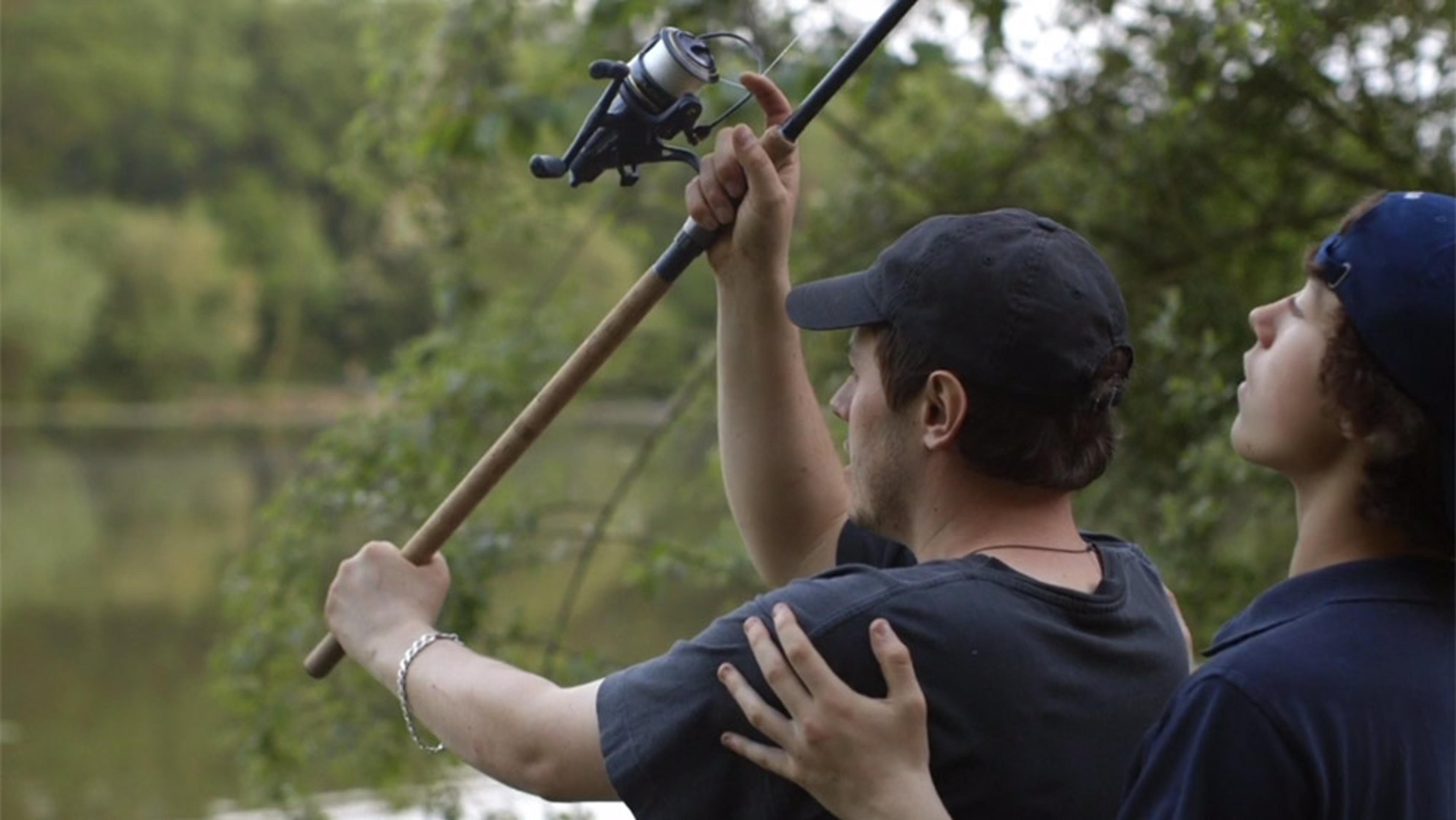
videoIllness and disease
As a young man’s sight fails him, friendship and night fishing help to keep his bearings
13 minutes

videoConsciousness and altered states
‘I want me back’ – after a head injury, Nick struggles with his altered reality
7 minutes

videoMusic
What happens when rock stardom doesn’t quite work out?
10 minutes
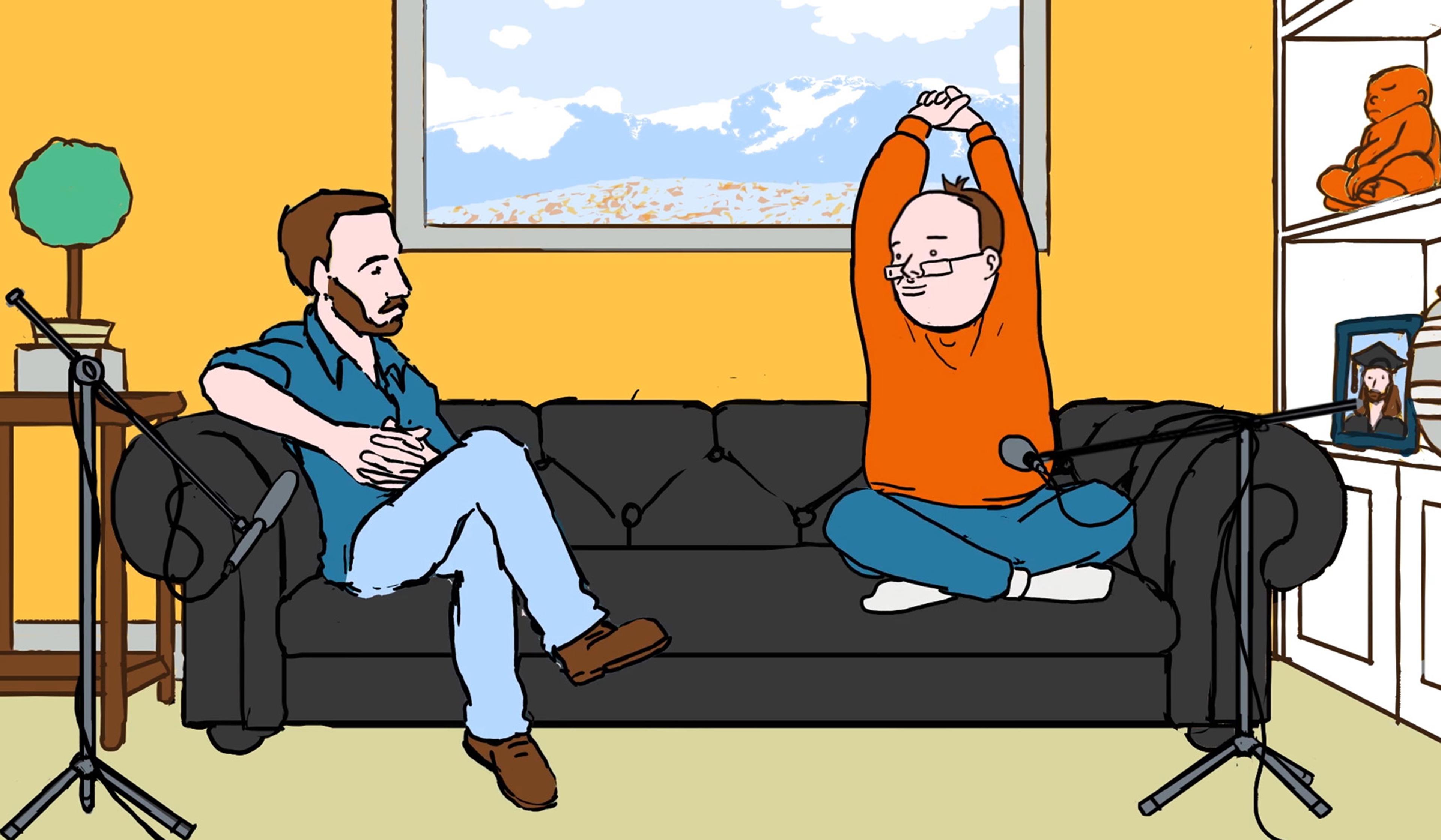
videoFamily life
Jamie is empathetic and funny – and a ‘complete mystery’ to those who love him most
8 minutes

videoMood and emotion
A dreamy animated tale of grief, friendship and a road trip to David Hockney’s house
3 minutes

videoCognition and intelligence
A father forgets his child’s name for the first time in this poetic reflection on memory
4 minutes
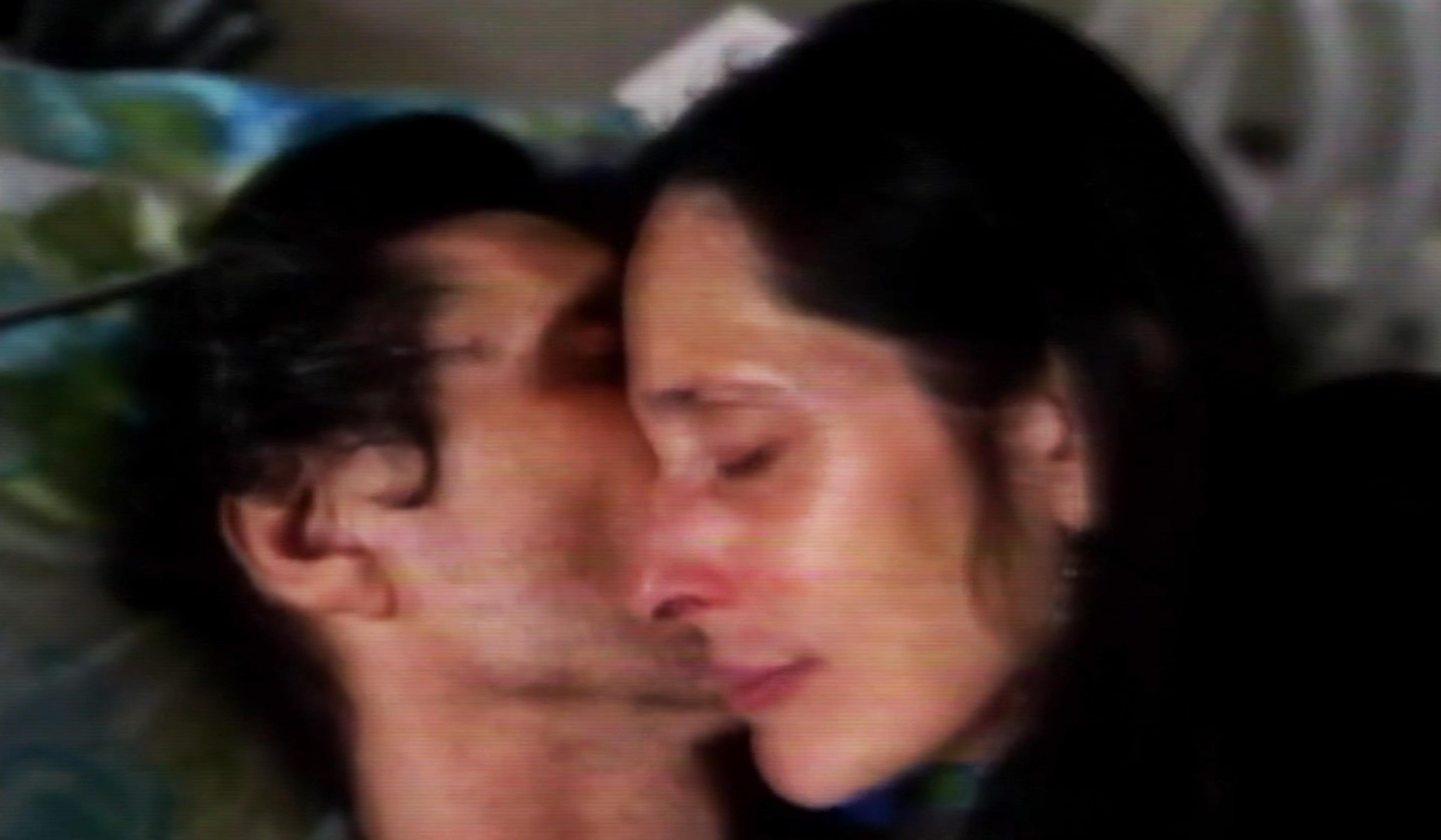
videoMood and emotion
‘Let me dream you into my reality’: memories illuminate an unthinkable isolation
12 minutes
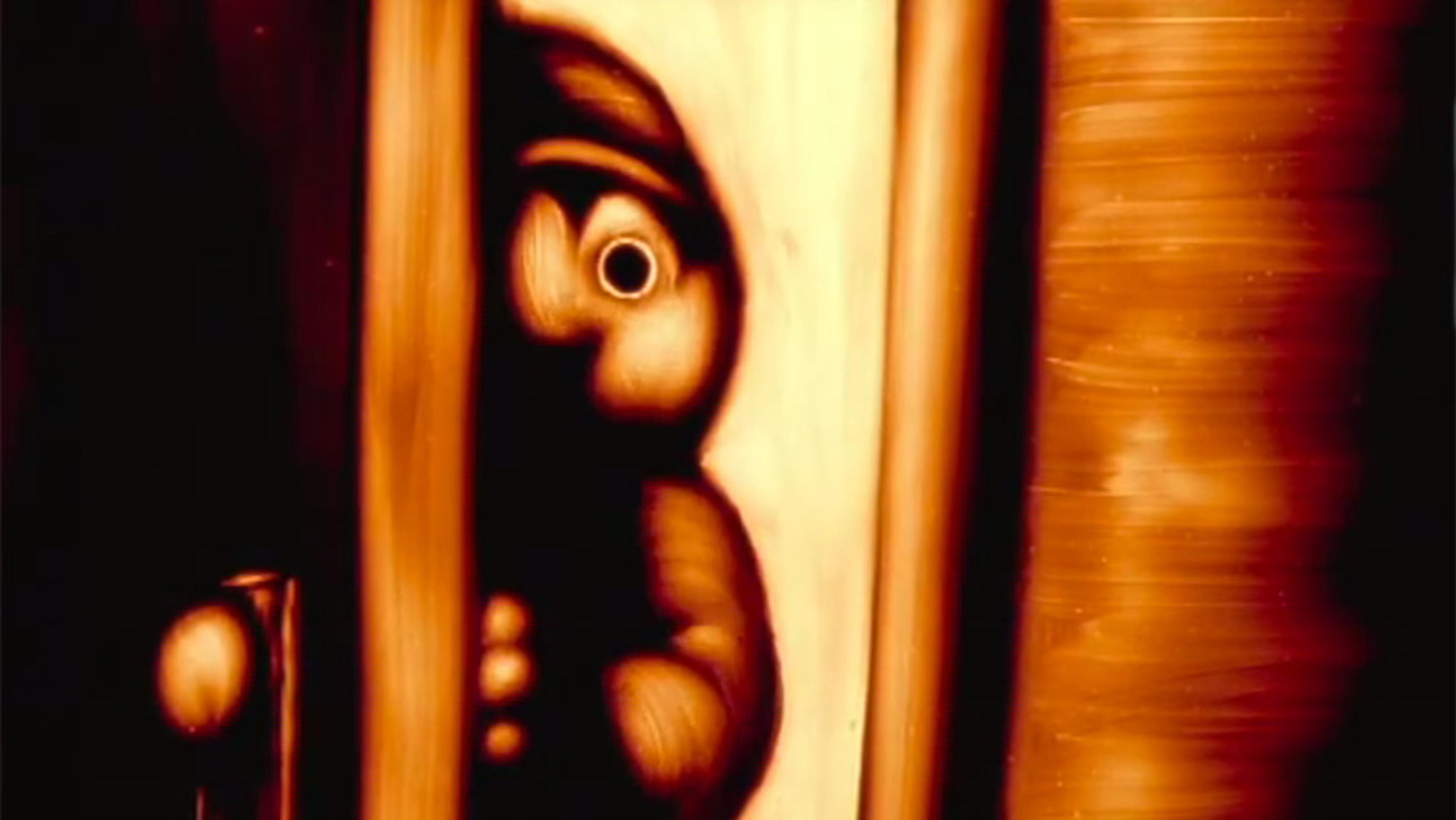
videoLove and friendship
Dances and giggles and stars: two men with Down syndrome fall in love
11 minutes
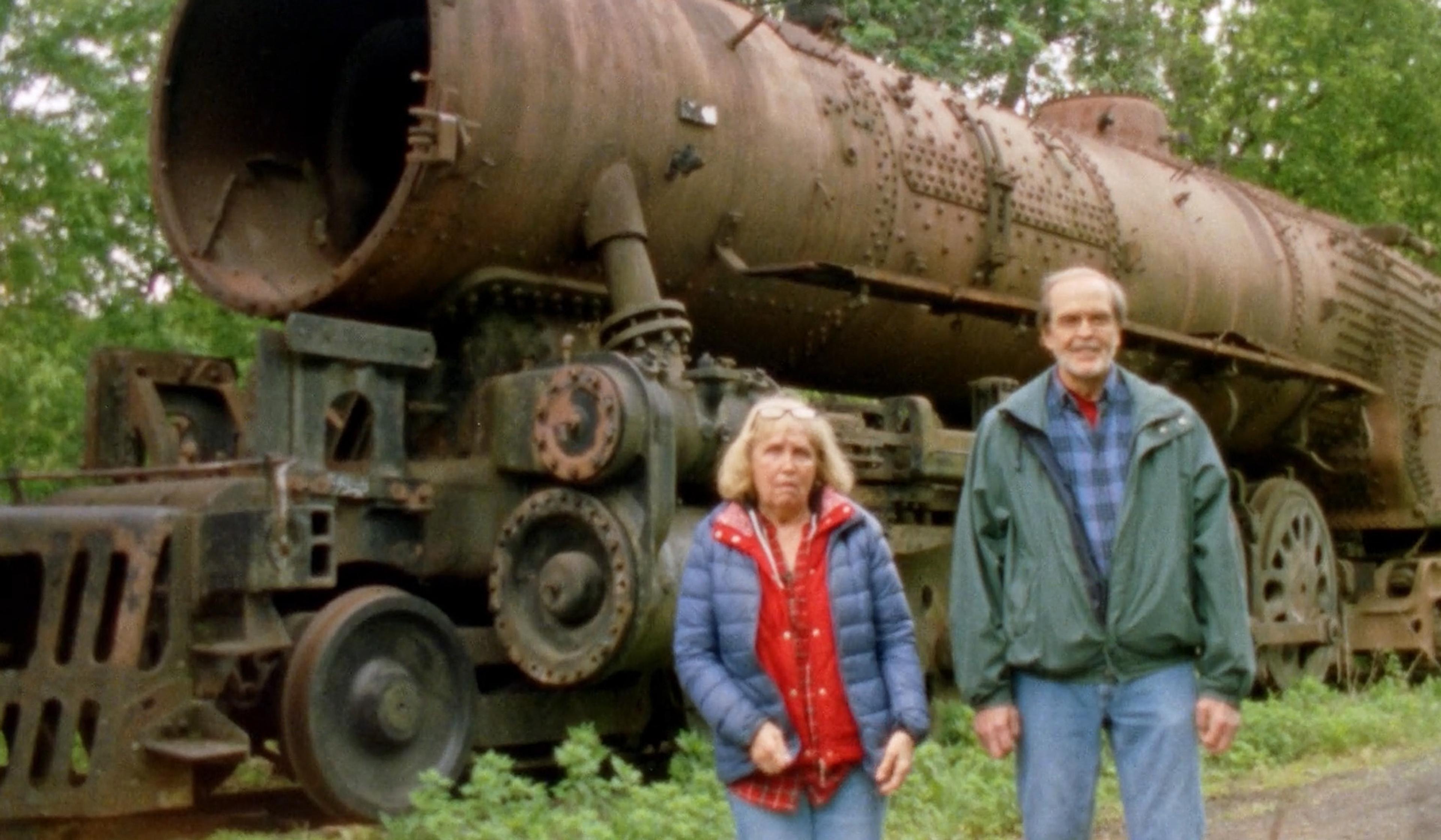
videoFamily life
Fifty years ago, a train collided with Jack and Betty’s car. Here’s how they remember it
9 minutes